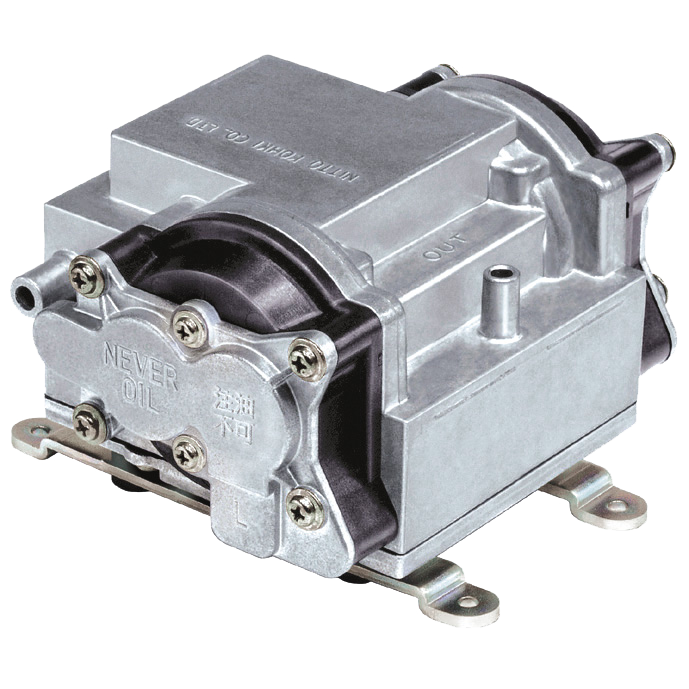

If the total pressure of the mixture at 21 ☌ is 1.34 atm, what is the partial pressure of nitrogen? The vapor pressure of water at 21 ☌ is 18.7 mm Hg.atm19.In the reaction, 2HgO(s)⟶2Hg(s)+O2(g)what mass of mercury(II) oxide, HgO, would be required to produce 981 L of oxygen, O2, measured at STP?mass:g20.In the reaction, 2HgO(s)⟶2Hg(s)+O2(g)how many liters of oxygen, O2, measured at STP, would be produced from the decomposition of 145 g of mercury(II) oxide, HgO?O2 produced:L21.When aluminum reacts with concentrated hydrochloric acid, hydrogen gas is produced.2Al(s)+6HCl(aq)⟶2AlCl3(aq)+3H2(g)What mass of Al(s) is required to produce 723.0 mL of H2(g) at STP?mass:g Al Since the nitrogen was collected via water displacement, the sample is saturated with water vapor. If the partial pressure of He is 3.59 atm and the partial pressure of Ar is 2.47 atm, what is the partial pressure of Ne?𝑃Ne=atm18.A sample of nitrogen gas was collected via water displacement. What was the initial volume of the balloon?𝑉=L9.If 86.5 mol of an ideal gas is at 3.73 atm and 309 K, what is the volume of the gas?volume:L10.If an ideal gas has a pressure of 7.49 atm, a temperature of 443 K, and a volume of 97.37 L, how many moles of gas are in the sample?𝑛=mol11.What pressure is exerted by 949.9 g of CH4 in a 0.550 L steel container at 174.7 K?𝑃=atm12.How many moles of N2 are in a 2.90 L cylinder at 77.3 ☌ and 9.45 atm ?moles of N2:13.What volume is occupied by 0.309 mol of CO2 at 281.6 K and 719 mmHg?𝑉=L14.What pressure is exerted by 0.140 mol N2 in a 5.87 L steel container at 84.5 ☌?𝑃=atm15.How many grams of Kr are in a 3.51 L cylinder at 44.8 ∘C and 4.55 atm?mass:g16.If 2.94 g Ar are added to 2.43 atm He in a 2.00 L cylinder at 27.0 ☌, what is the total pressure of the resulting gaseous mixture?𝑃total=atm17.A mixture of He, Ne, and Ar has a pressure of 11.0 atm at 28.0 ☌. Adding 3.50 mol of freon gas to the balloon increased its volume to 15.8 L.

After being released, the balloon rises to an altitude where the temperature is −5.71 ∘C and the pressure is 0.0702 atm.What is the weather balloon’s volume at the higher altitude?𝑉=L8.A 3.53 mol sample of freon gas was placed in a balloon. Calculate the pressure when the volume is 1.88 L and the temperature is 301 K.𝑃=atm7.A gas‑filled weather balloon has a volume of 58.0 L at ground level, where the pressure is 755 mmHg and the temperature is 22.0 ∘C. What was the initial temperature?𝑇1=∘C6.A sample of an ideal gas has a volume of 2.30 L at 288 K and 1.11 atm. At constant pressure, it is cooled to 17.00 ∘C, where its final volume is 1.75 L. If the pressure remains constant, at what temperature will this same xenon gas sample have a volume of 4.43 L?𝑇=K5.An ideal gas in a sealed container has an initial volume of 2.60 L. If the volume of the oxygen gas sample at 437 K is 738.8 mL,what was its volume at 383 K?𝑉=mL4.A sample of xenon gas occupies a volume of 7.61 L at 441 K. If the final volume of the argon sample was 11.1 L, what was the initial volume of the argon sample? Assume ideal behavior.𝑉=元.A sample of oxygen gas initially at 383 K was heated to 437 K. High-pressure post-dilation of small surgical valves following transcatheter ViV implantation results in a significant improvement in post-procedure haemodynamics.HW 111.Perform the conversions.691.1 mmHg=atm1.135 atm=Torr650.5 kPa=atm867.3 mmHg=Pa2.The pressure of a sample of argon gas was increased from 1.86 atm to 6.70 atm at constant temperature. High-pressure post-dilation, compared to no post-dilation, was associated with lower invasive AV mean gradients at the end of the ViV procedure (8.2☓.5 mmHg vs. There were no cases of aortic root rupture. The mean aortic valve (AV) gradient decreased by 11.3 mmHg following high-pressure post-dilation (18.7☗.9 mmHg immediately post ViV to 7.5☒.6 mmHg following high-pressure post-dilation, p<0.01). SAPIEN 3 and Evolut valves were used in 10 and two patients, respectively. High-pressure post-dilation to 16-20 atmospheres with a non-compliant balloon was performed in 12 patients and 18 patients underwent ViV without post-dilation. Thirty patients underwent ViV implantation in surgical valves with internal dimension ≤19 mm.

This study aimed to evaluate the feasibility of high-pressure post-dilation with a non-compliant balloon after transcatheter ViV implantation in small surgical valves to optimise haemodynamics.

Residual gradients >20 mmHg after transcatheter valve-in-valve (ViV) implantation are associated with worse survival.


 0 kommentar(er)
0 kommentar(er)
